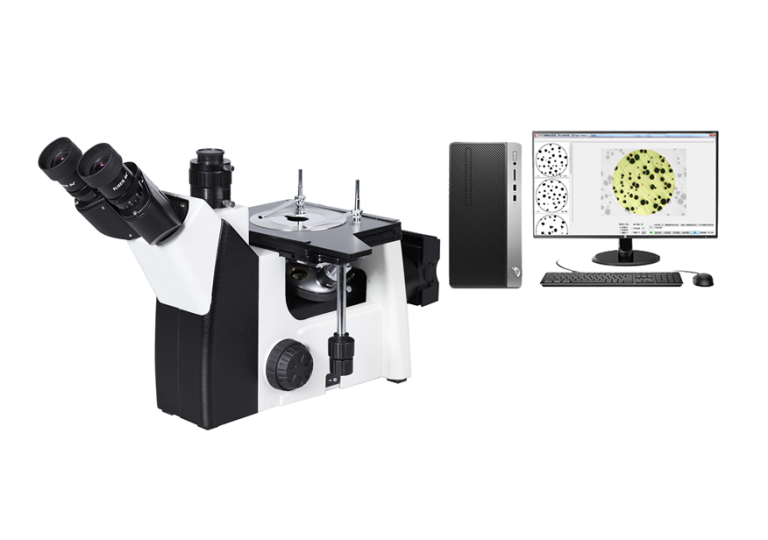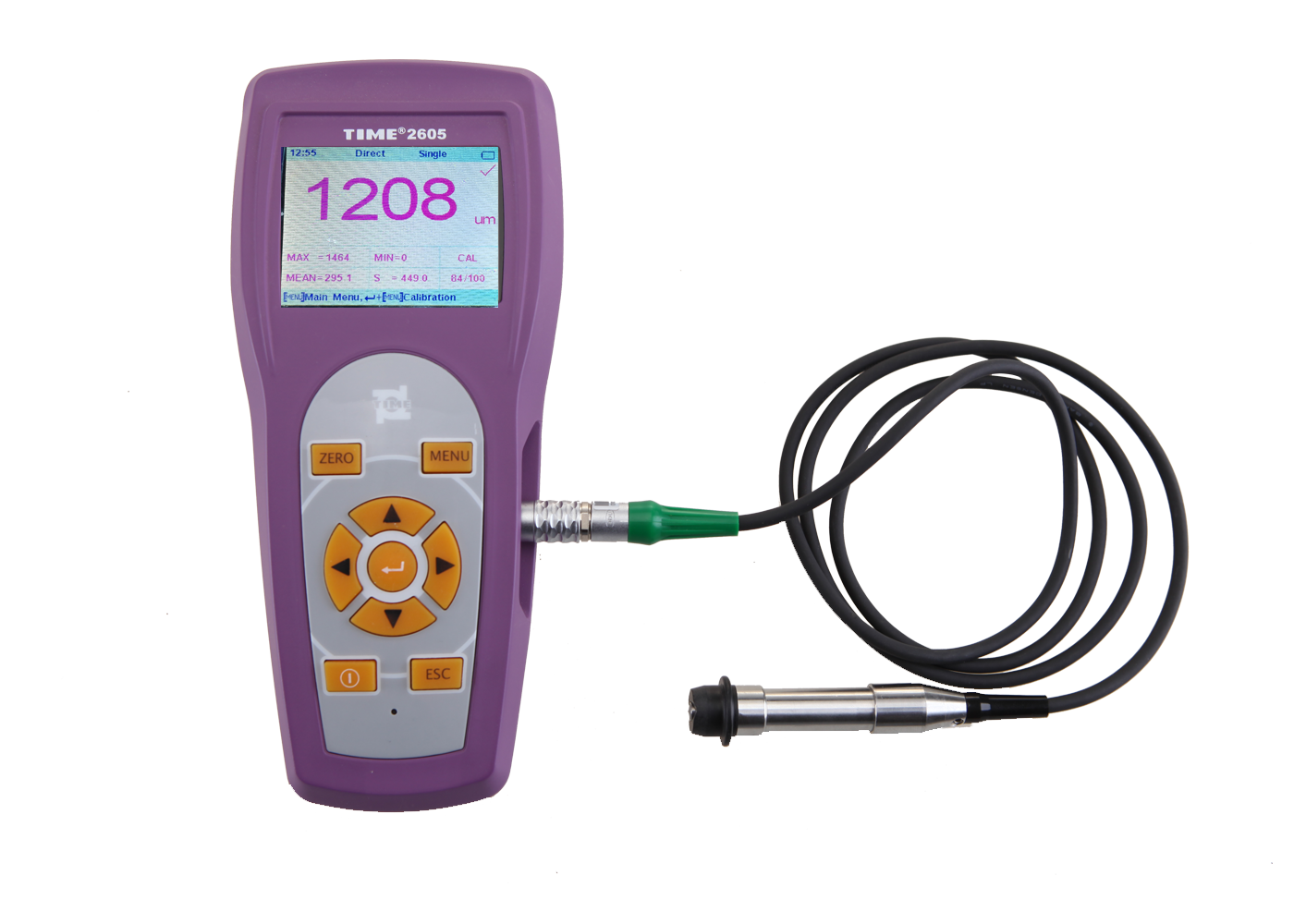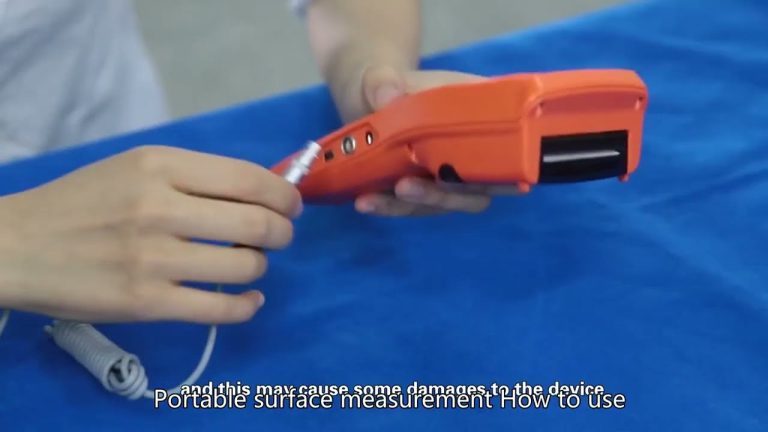BEIJING TIME VISION AI INSTRUMENT LTD.
E-mail : timehardnesstester@gmail.com
WhatsApp : 008615201625204
——————————————————————————————————–
Tout d’abord, les États-Unis ont publié la norme nationale ASA B46.1 en 1940. Par la suite, elle a été révisée à plusieurs reprises et est devenue la norme actuelle ANSI/ASME B46. 1-1988 « Rugosité de surface de la structure de surface, ondulation de surface et texture de traitement ». Cette norme Le système de ligne centrale a été adopté et Ra a été utilisé comme paramètre principal ; puis l’ex-Union soviétique a publié la norme nationale GOCT2789-1945 « Finition de surface, microgéométrie de surface, gradation et représentation » en 1945, qui a été révisée trois fois et est devenue GOCT2789-1973 « Paramètres et caractéristiques de rugosité de surface », cette norme adopte également la système de ligne médiane et stipule 6 paramètres d’évaluation, y compris l’écart quadratique moyen du profil (Rq) et leurs valeurs de paramètres correspondantes. De plus, la plupart des normes d’autres pays industrialisés ont été formulées dans les années 1950, par exemple la République fédérale. L’Allemagne a publié les normes DIN4760 et DIN4762 sur les paramètres et la terminologie de l’évaluation de la rugosité des surfaces en février 1952.
In order to study the impact of surface roughness on part performance and the need to measure surface micro-roughness, from the late 1920s to the 1930s, some experts from Germany, the United States, the United Kingdom and other countries designed and produced profile recorders and profilometers, and also Instruments that use optical methods to measure surface microscopic roughness, such as light-section microscopes and interference microscopes, have been produced, creating conditions for quantitatively evaluating surface roughness numerically. Since the 1930s, quantitative evaluation parameters of surface roughness have been studied. For example, Abbott in the United States proposed using the depth from the peak of the surface profile and the support length ratio curve to characterize surface roughness.
Published Schmaltz’s monograph on surface roughness, and made suggestions for the standardization of surface roughness evaluation parameters and values. However, the use of roughness evaluation parameters and their numerical values truly became a widely accepted standard in the 1940s when corresponding national standards were issued in various countries.
First, the United States issued the ASA B46.1 national standard in 1940. Afterwards, it was revised several times and became the current standard ANSI/ASME B46. 1-1988 “Surface Structure Surface Roughness, Surface Waviness and Processing Texture”. This standard The center line system was adopted and Ra was used as the main parameter; then the former Soviet Union released the GOCT2789-1945 “Surface Finish, Surface Microgeometry, Grading and Representation” national standard in 1945, which was revised three times and became GOCT2789-1973 ” “Surface Roughness Parameters and Characteristics”, this standard also adopts the center line system and stipulates 6 evaluation parameters including the root mean square deviation of the profile (Rq) and their corresponding parameter values. In addition, most of the standards of other industrially developed countries were formulated in the 1950s. For example, the Federal Republic of Germany issued DIN4760 and DIN4762 standards on surface roughness evaluation parameters and terminology in February 1952 .







